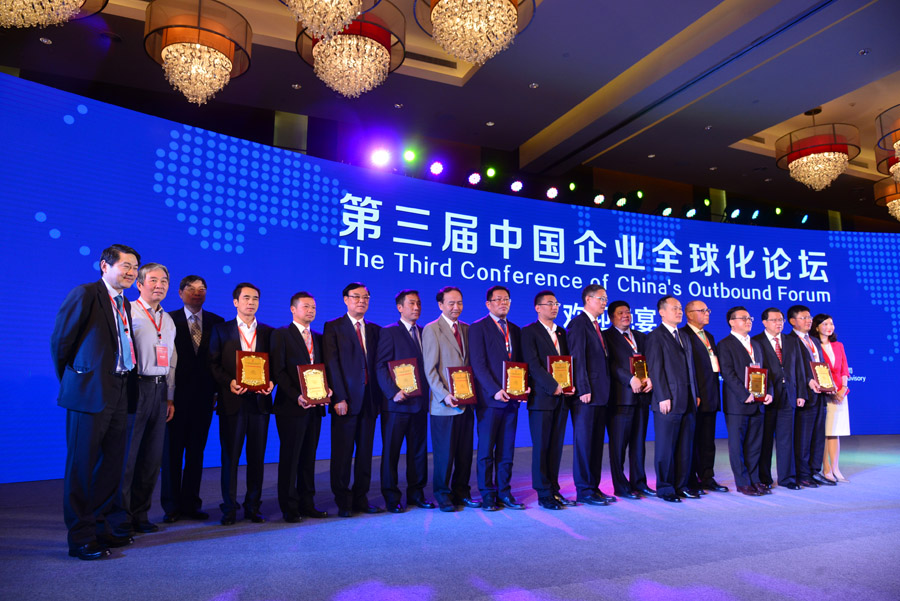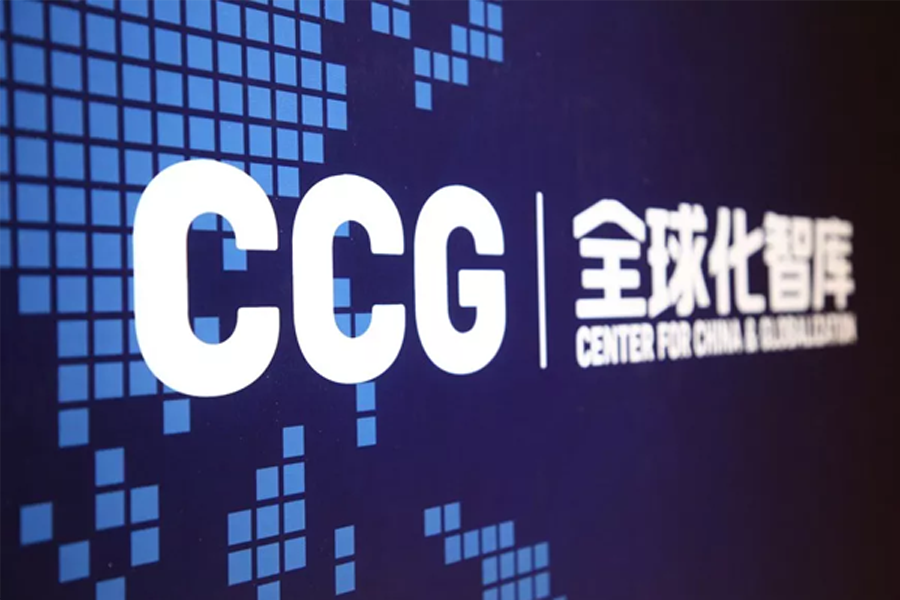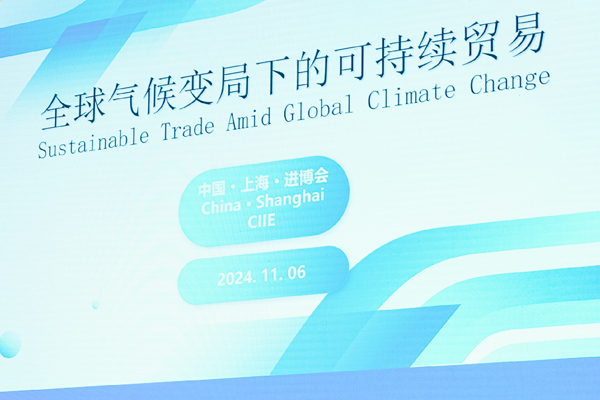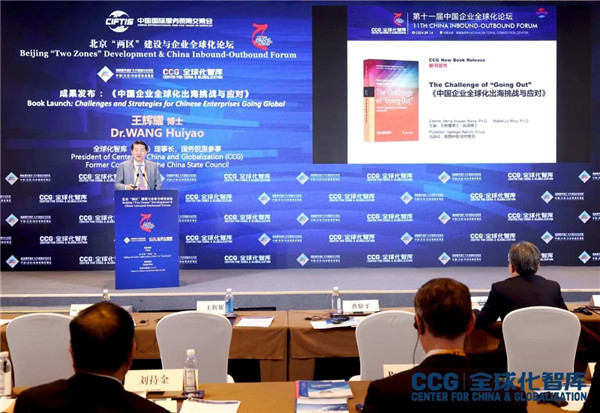3rd Conference of China Outbound Investment Forum Explores New Engines for Overseas Investment
January 19 , 2021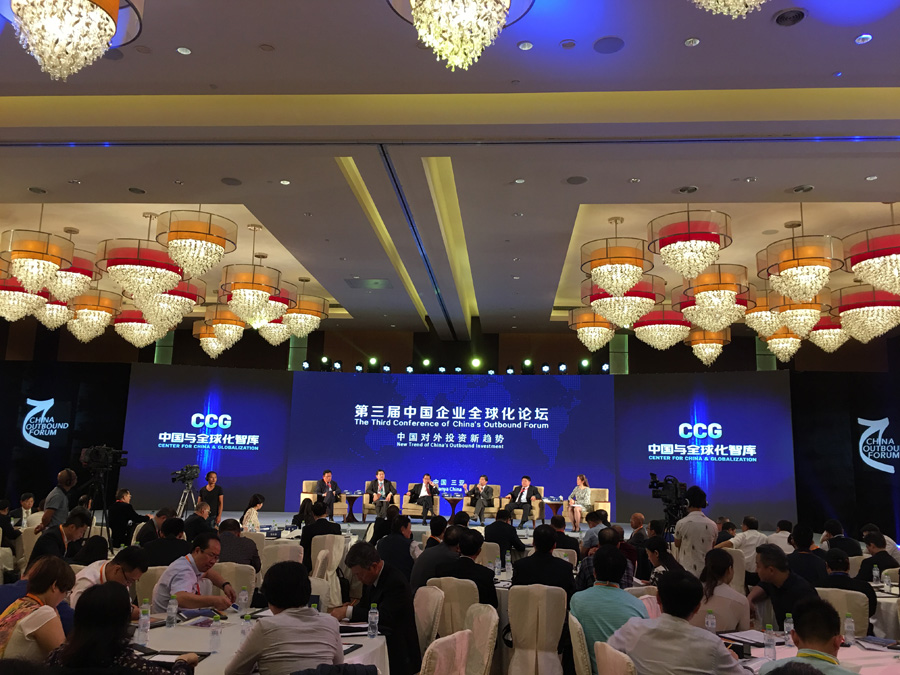
The 3rd Conference of China Outbound Investment Forum, a joint effort by the Center for China and Globalization(CCG), China Association for International Economic Cooperation (CAFIEC), Smadja& Smadja Strategic Consulting and Sanya People’s Government, was held on Dec. 2 and 3, 2016 in Sanya, bringing together over 400 government officials, business leaders, scholars and media reporters to explore the new trend and engines for China’s overseas investment.
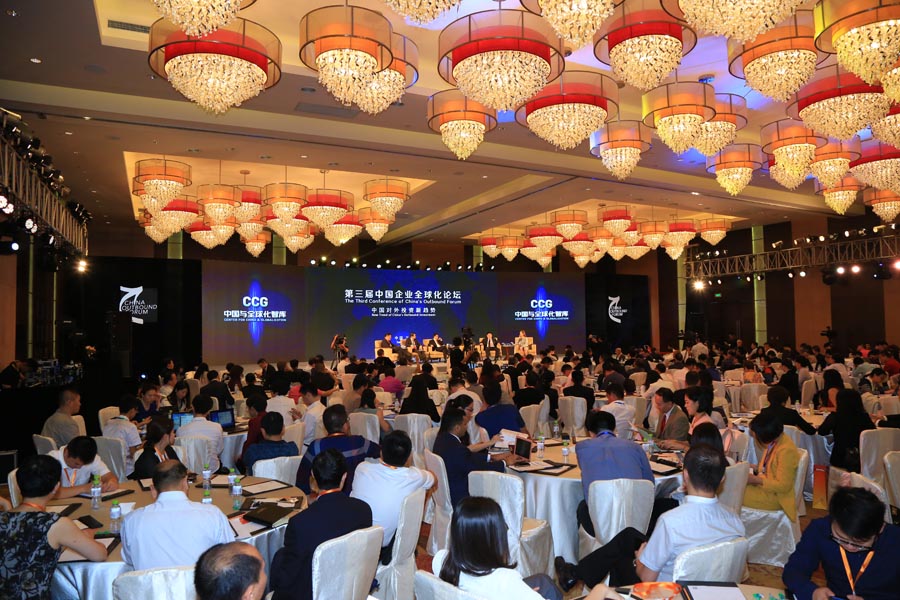
The Forum, established in 2014, has become widely acknowledged as one of the most high-profile and influential annual events on China’s outbound investment. On the success of the first two conferences, the third one this year was focused the new developments that have shaped the progress of Chinese companies’ globalization, with a theme “China’s overseas drive: Accelerating momentum, shifting focus”.
The discussion took place at a great timing as China’s outbound investment has exceeded Japan to become the world’s No.2 in 2016. According to CCG President Wang Huiyao, China’s outbound investment has expanded to 62 countries and regions and flown to 18 major industrial sectors. In 2016, following 13 years of rapid growth, China’s outbound investment reached USD 145.67 billion, making it the second largest source of foreign investment in the world. In the meantime, Chinese companies are becoming a major force to ensure China’s growing role in globalization and global governance.
The Forum was composed of 13 sessions that examine China’s outbound investment from policy, cultural, strategic and other various perspectives. The issues discussed at the Forum include: the emerging trends in globalization and world economy; the on-going expansion and diversification of China’s outward foreign direct investments (OFDI); the growing role of Chinese private sector and the emergence of additional financing sources for outbound investment; the key challenges Chinese companies face in expanding overseas; and the potential opportunities and issues Chinese enterprises might encounter in the top investment destinations.
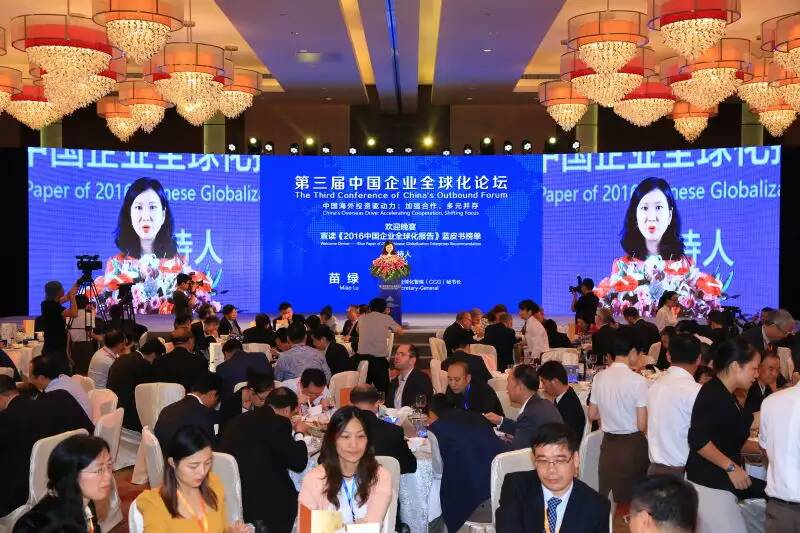
A number of prominent Chinese and international scholars and experts were presented as key speakers, including Long Yongtu, CCG Chairman and Former Vice Minister of Commerce and former Secretary General of Boao Forum for Asia; Cui Mingmo, CAFIEC President; He Yafei, Former vice Foreign Minister; Liu Yanhua, Former Vice Minister of the Science and Technology and Counselor of the State Council; and Yan Zhaojun, Municipal Committee& Standing Committee& Secretary of Sanya.
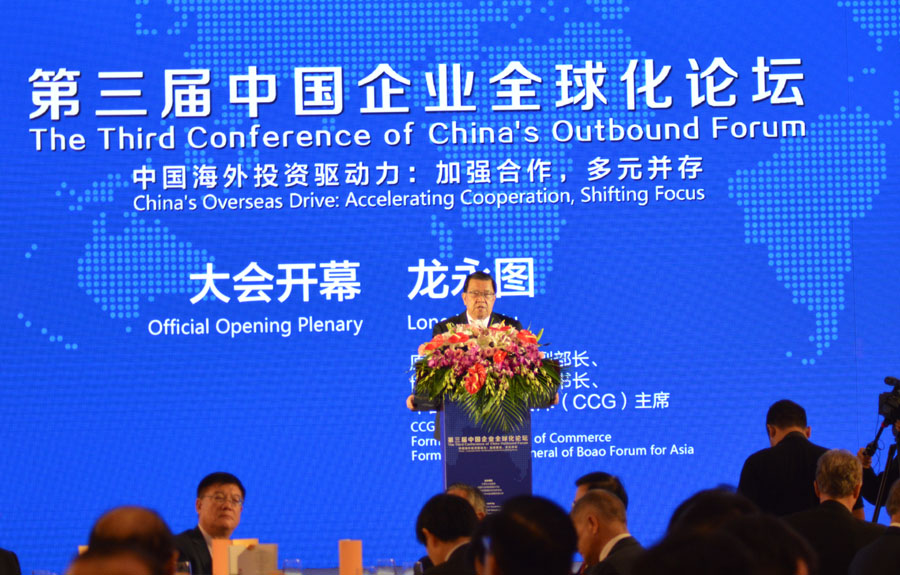
Speaking at the opening session, Long pointed out that Chinese companies going abroad is an inevitable outcome and key method of Chinese economic transformation. It also represents China’s contribution to economic globalization. He suggests that the Forum can present more experience and lessons about Chinese companies’ global expansion to help more of them go abroad.
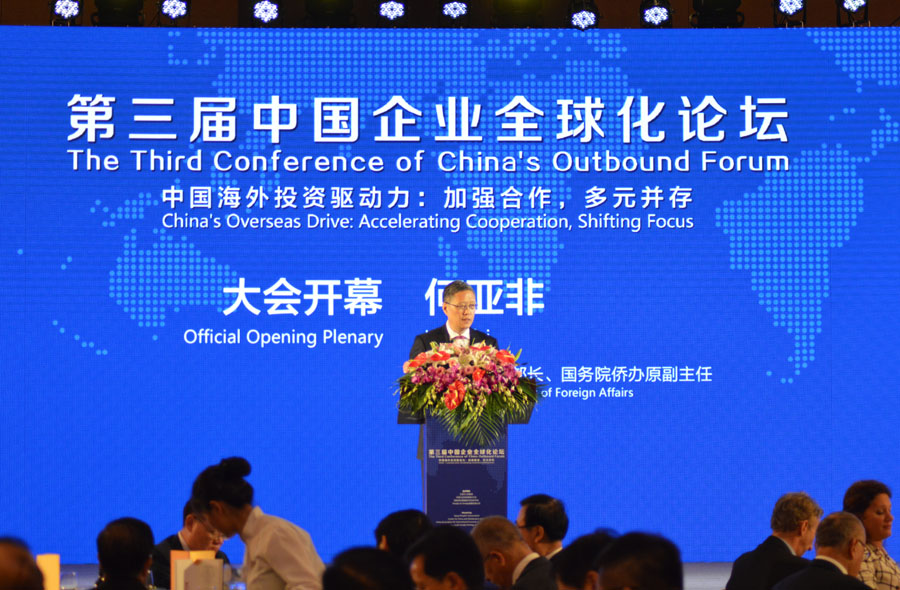
He Yafei believes that Chinese companies, under the current situation of the economic new normal, are required to broad their participation in the world market and global resource redistribution. While allowing the market force as the major factor in their outbound investment decision making, Chinese companies should also seek a more significant role in global governance.

Liu Yanhua, Former Vice Minister of the Science and Technology and Counselor of the State Council, emphasized the need to achieve a win-win outcome of China’s outbound investment and advised Chinese companies to push forward their outbound investment with both hard power and soft power to bring sustainable benefit to not only their own but also local society.

Xie Boyang, Former vice President of All-China Federation of Industry and Commerce and Counselor of the State Council, suggested that Chinese companies diversify the sectors to invest abroad with a focus on manufacturing sector. He encouraged the Chinese companies to grow their outbound investment in Asia and expand globally. He also proposed to attract foreign investment overseas to accelerate establishment of global partnership.
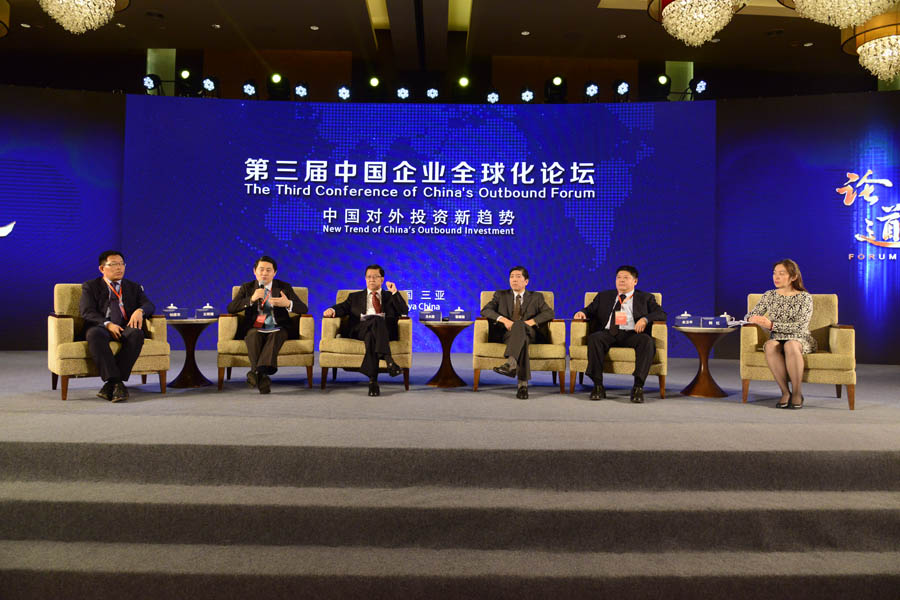
Plenary Session 1: Fast Expanding China Outward Investment: the Overall Picture in the Future?
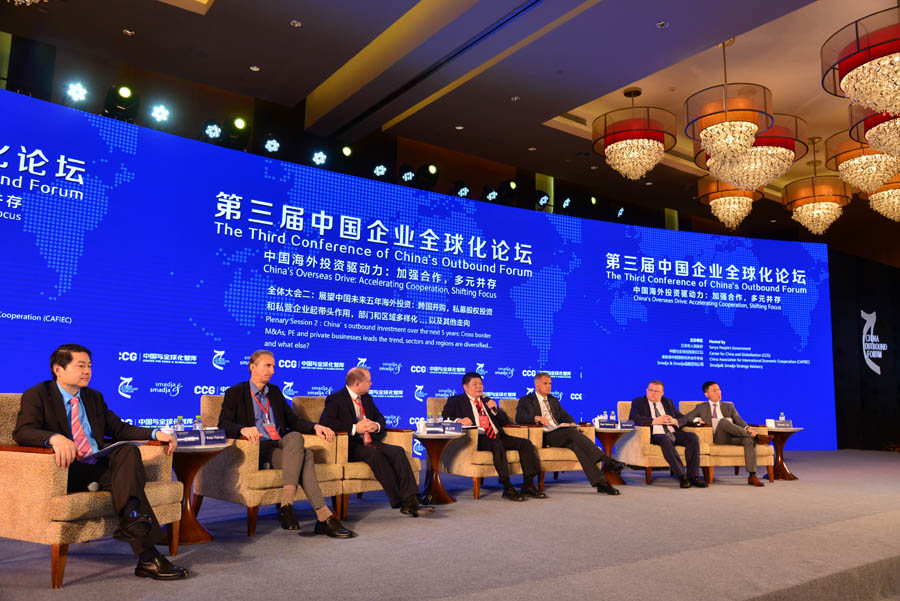
Plenary Session 2: China’s outbound investment over the next 5 years: Cross border M&As, PE and private businesses leads the trend, sectors and regions are diversified… and what else?
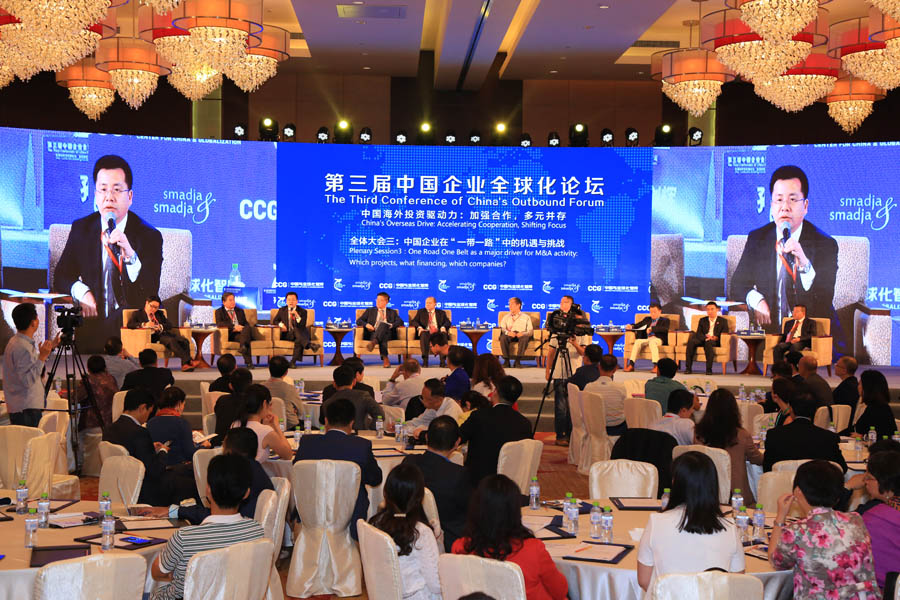
Plenary Session3: One Road One Belt as a major driver for M&A activity: Which projects, what financing, which companies?
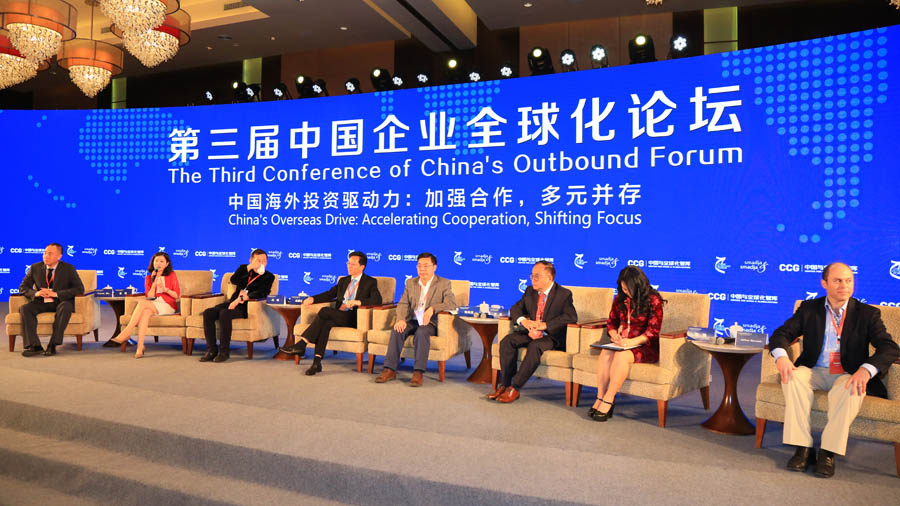
Panel 1: Adjusting Internally to Win Overseas
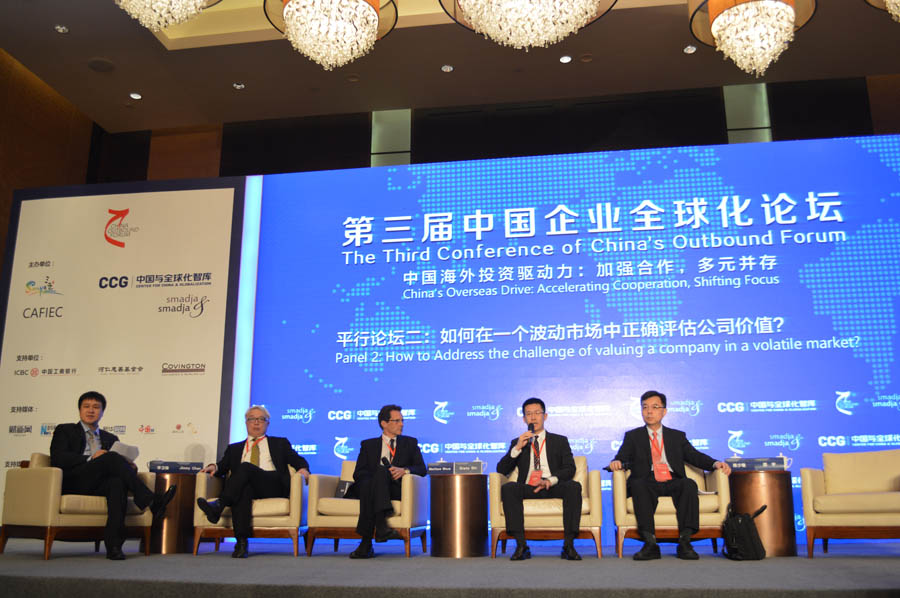
Panel 2: How to address the challenge of valuing a company in a volatile market?
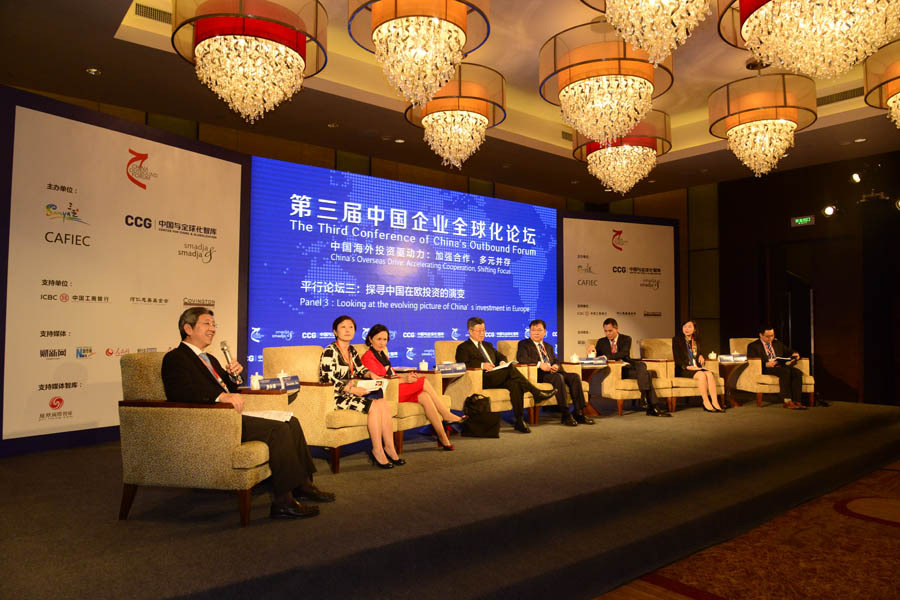
Panel 3: Looking at the evolving picture of China’s investment in Europe

Panel 4: The challenges of global regulatory compliance Chinese companies need to address as investor
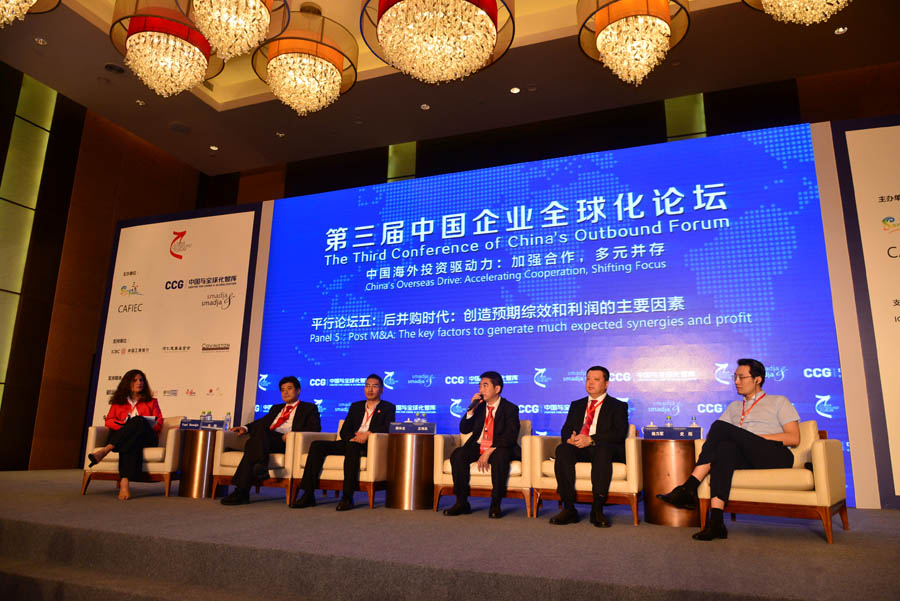
Panel 5: Post M&A: The key factors to generate much expected synergies and profit
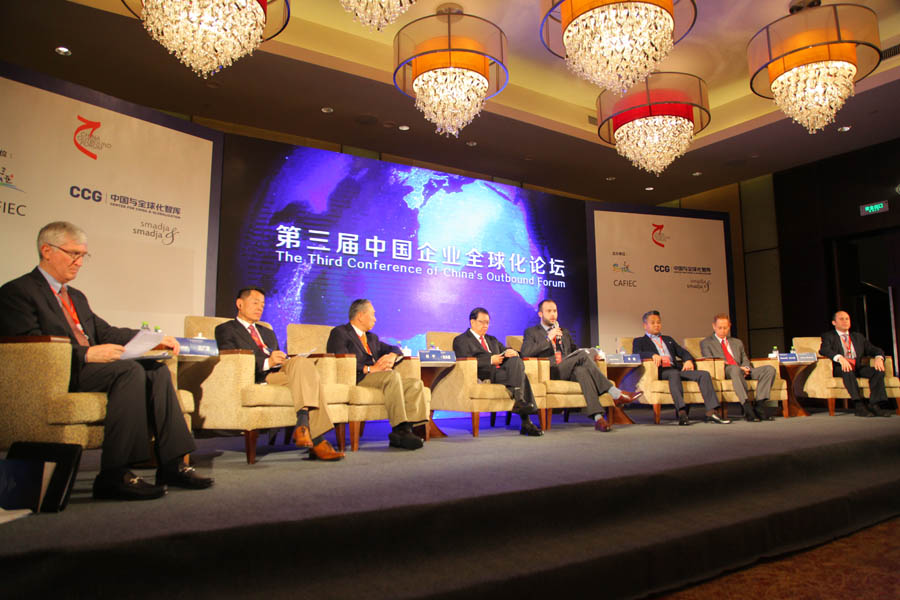
Panel 6: China’s investment in the US: Navigating the political and regulatory challenges towards new heights
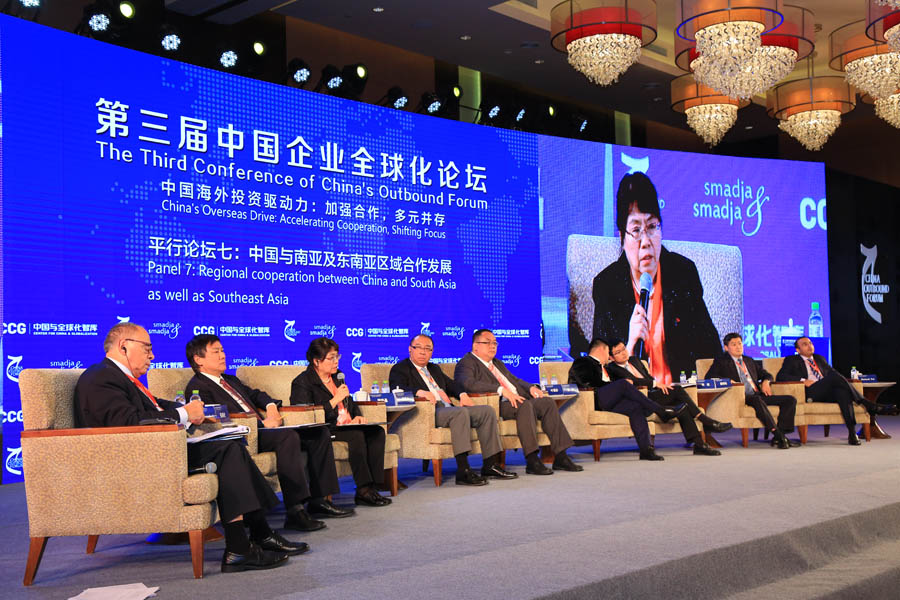
Panel 7: The Cooperation and Development of the China with South Asia and Southeast Asia
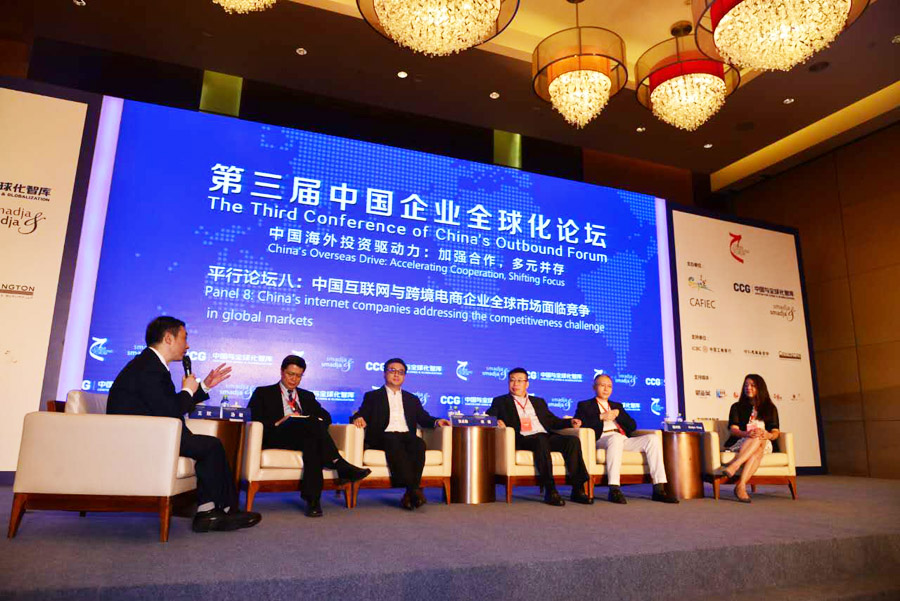
Panel 8: China’s internet companies addressing the competitiveness challenge in global markets
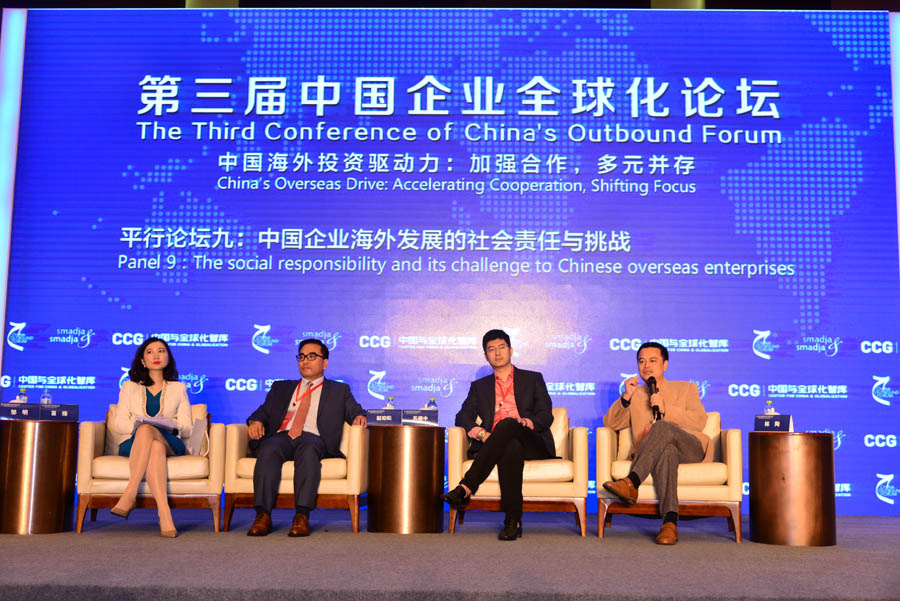
Panel 9: The social responsibility and its challenge to Chinese overseas enterprises
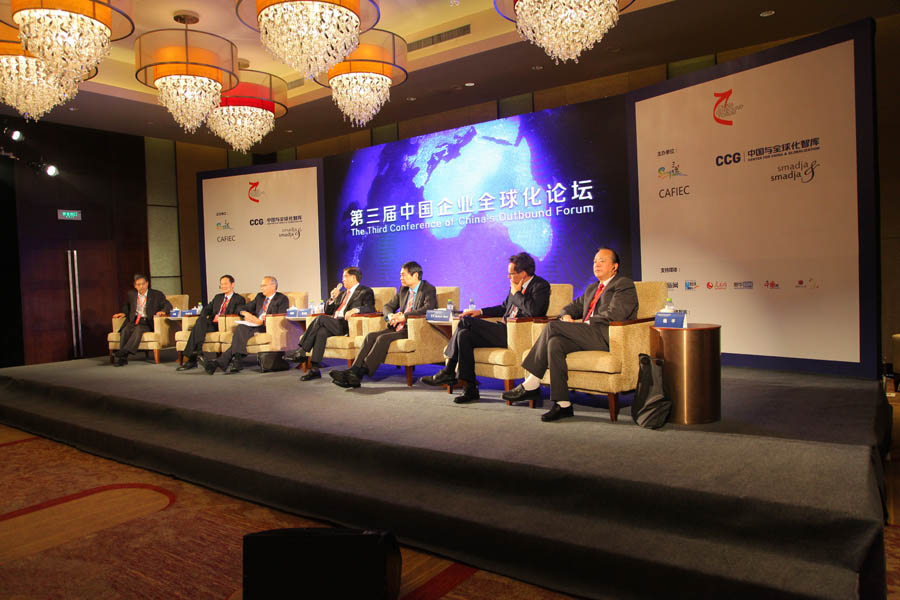
Panel 10: Do Chinese companies need to be concerned by a backlash against globalization?
Three plenary sessions were held to overview the landscape of China’s outbound investment, look into the blueprint for the next five years, and explored the strategies to develop key industries leveraging “One Belt, One Road” initiatives. The other 10 parallel sessions discussed the issues including “Post M&A: The key factors to generate much expected synergies and profit”, “China’s internet companies addressing the competitiveness challenge in global markets”, and “The social responsibility and its challenge to Chinese overseas enterprises”.
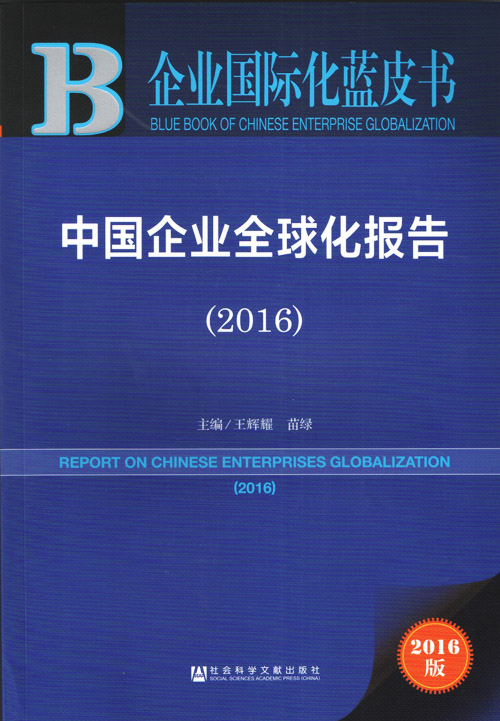
The Forum was concluded as CCG released the new annual report on the globalization of Chinese enterprises and awarded the exemplar companies. Based on nearly 3,000 case studies, it reveals the features and challenges of Chinese enterprises going abroad and provides a number of policy recommendations on how to implement the “One Belt, One Road” initiatives and address the challenges in global expansion. Based on CCG’s evaluation of 300 China-based multinational companies, the new book puts forward five ranking lists of Chinese enterprises going global, such as “Top 50 Chinese companies going global” and the “Top 50 emerging Chinese Companies Going Global.”
